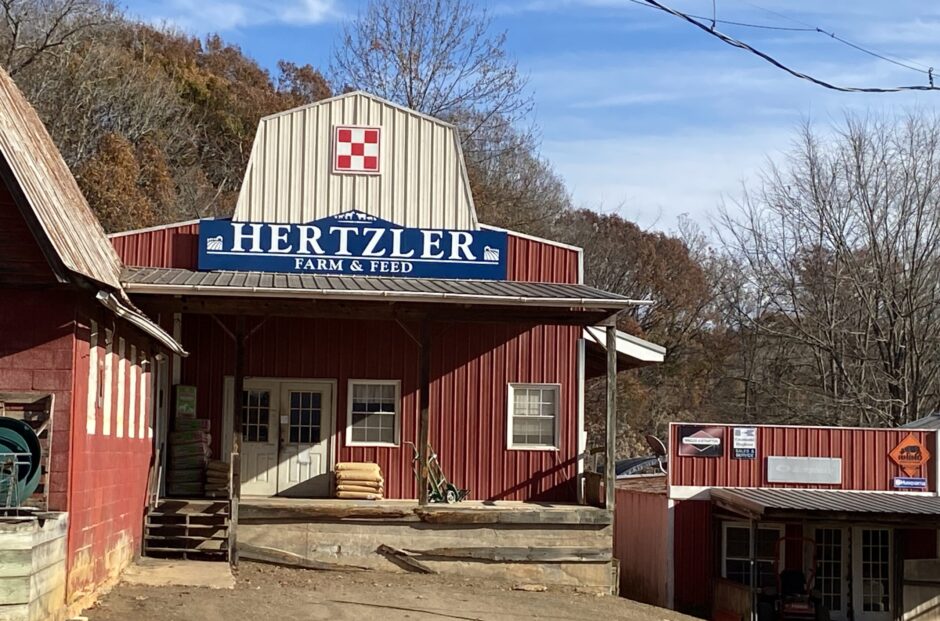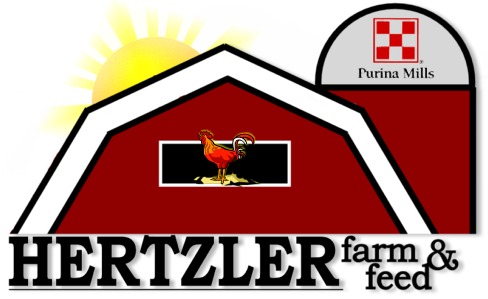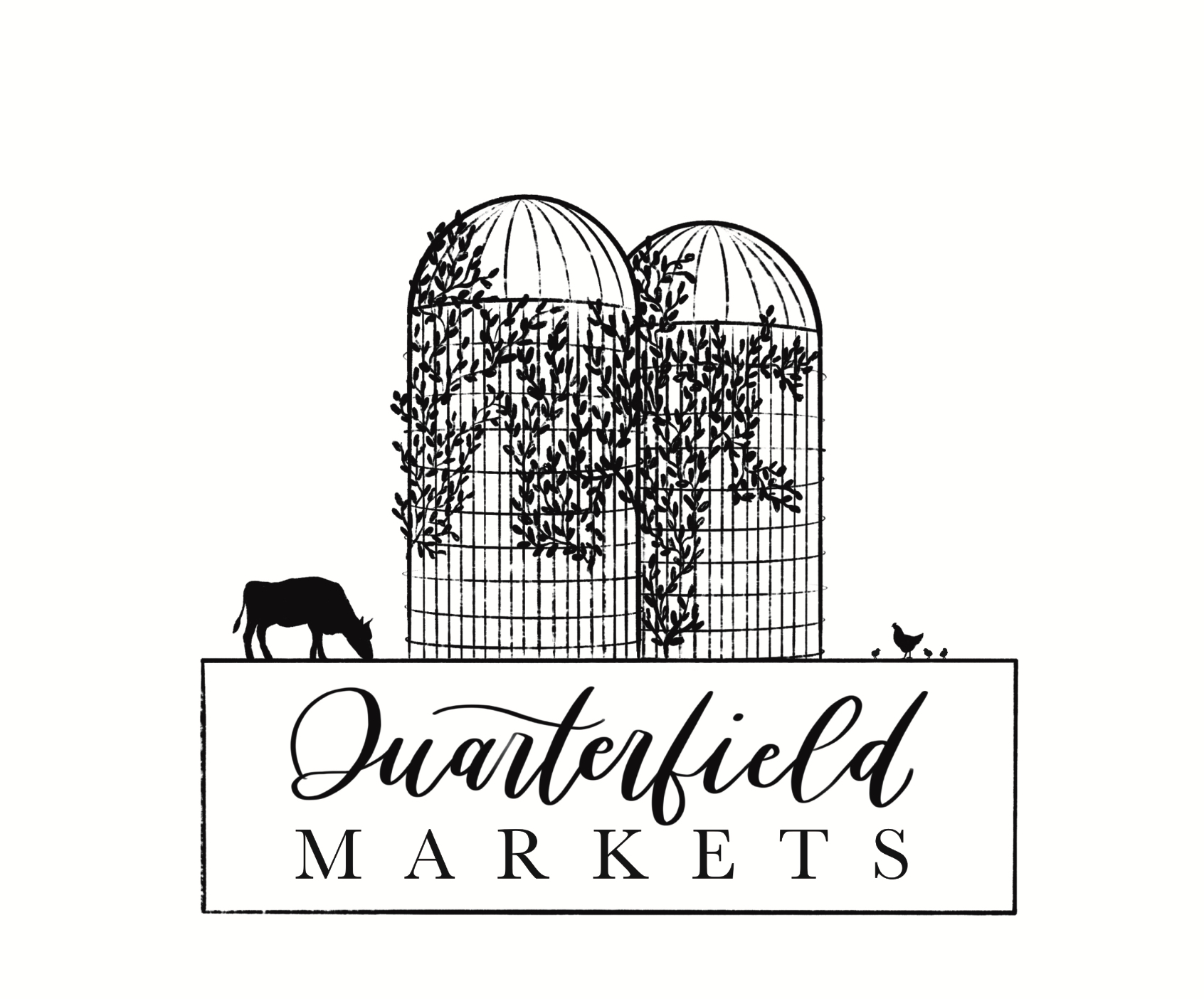| Everyone gets anxious for guineas in the spring as they are known for their bug and tick eating appetite, however, guineas don’t start hatching as soon as other fowl. (late June) In early spring we get a limited supply of French Pearl guineas which have been artificially inseminated to get a jump start on the season. These guineas look like the pearl except they are a little larger in size. |
| |
Lavendar 
|
| These have the same markings of the pearls with the exception that their plummage is of a light gray or lavender. A very striking color pattern. |
|
| |
Pearl 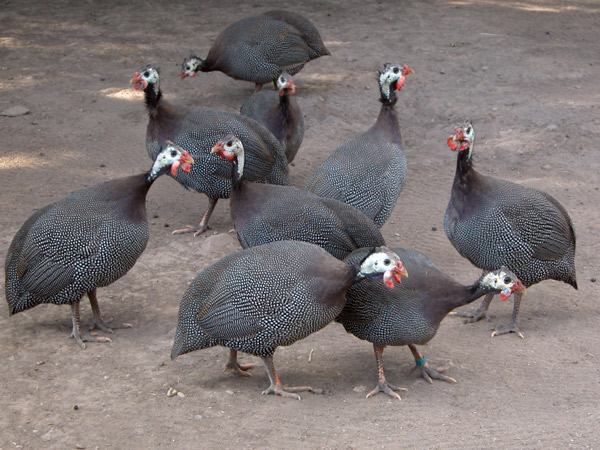
|
| The Pearl Guinea is the most common variety of Guinea today. Originating in Africa, the Pearl is the guinea seen in most nature shows posing as a look-out around the water holes. They are very alert and wonderful “buggers”. Pearls are a joy to have around and a delicacy for the table. |
|
| |
White 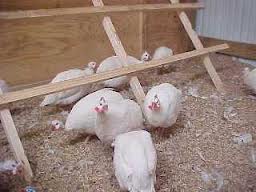
|
| These are also known as albino guineas because they are nearly all white with just a speck of black sometimes found on the neck. The skin on these birds is also slightly lighter than the other varieties. |
|
| |
| Tips on Brooding and Raising Guineas (click here for more information)Guineas : Raise the same as chickens. By 5 months they are full grown and can pretty much fend for themselves. They like to roost high in trees. Unlike chickens they do not scratch. They are known for their debugging qualities! Because they are scroungers, they like to hunt for their food and a supplement of scratch grains or Layena is all that is needed. |
| The adult females make a two syllable noise (easy to remember because they say women like to talk!!!) that sounds like “buckwheat” and their waddles are smaller and slant towards the back while the males make a short one syllable squawk and their waddles are larger and hang down. |
| |
